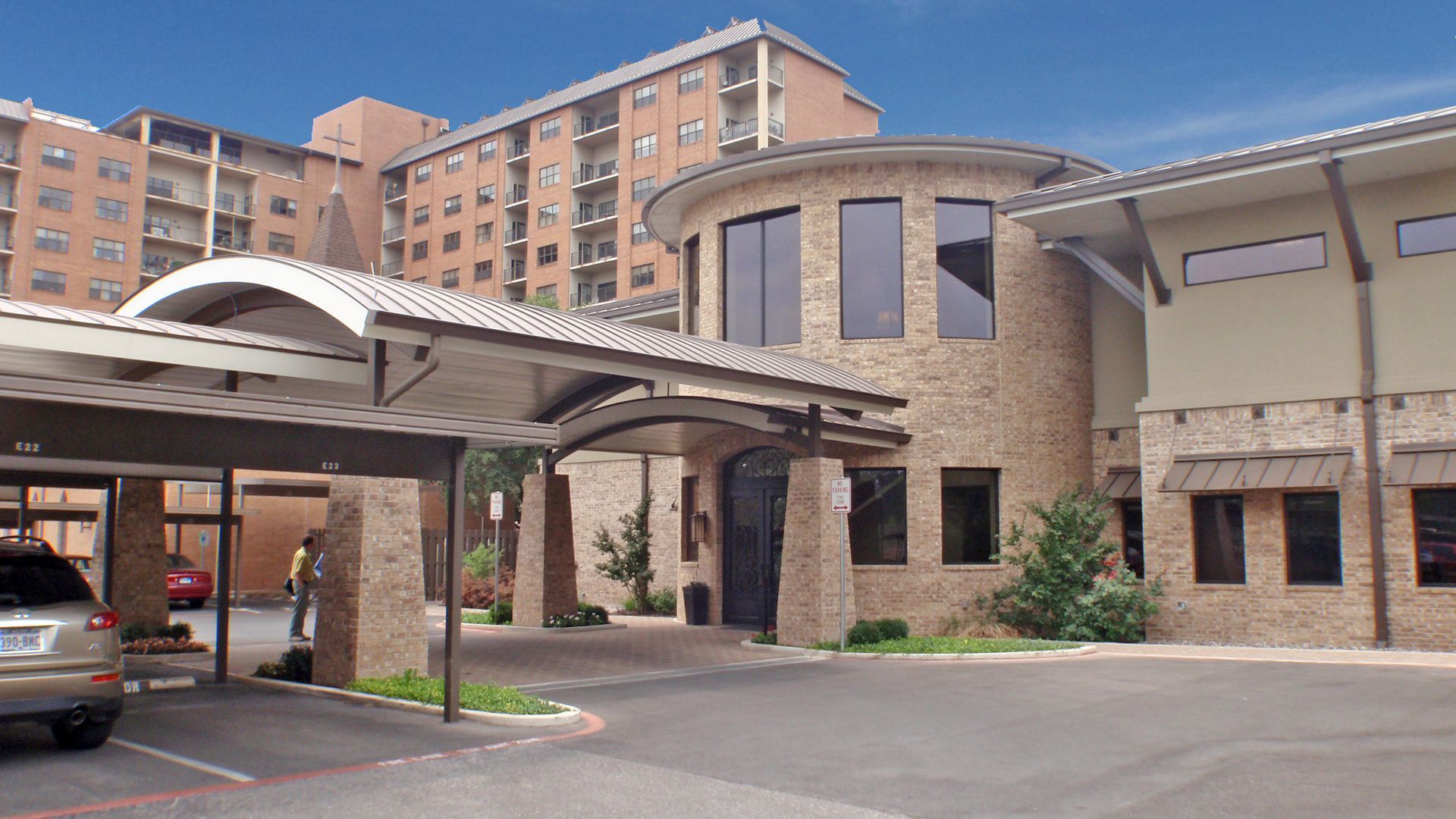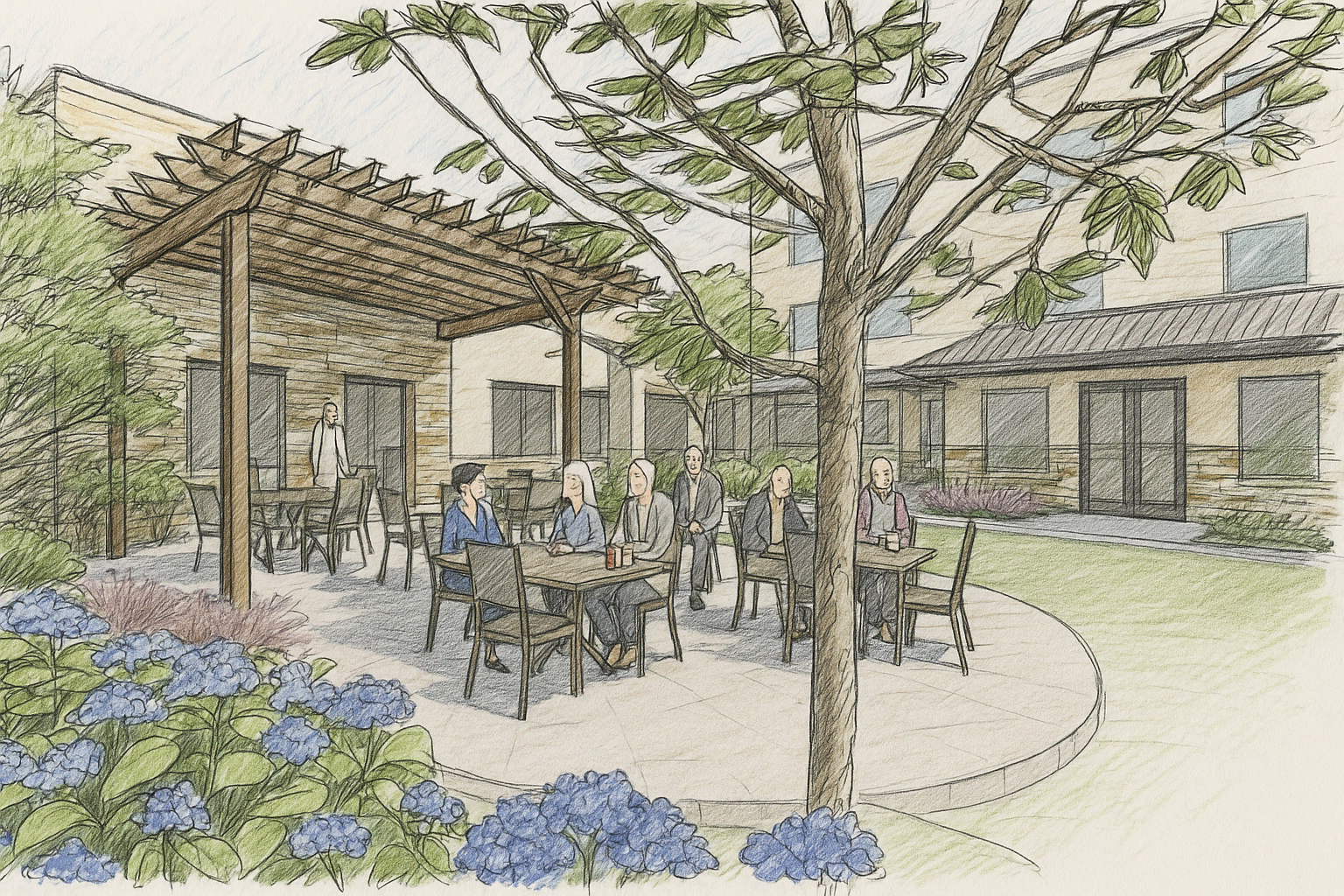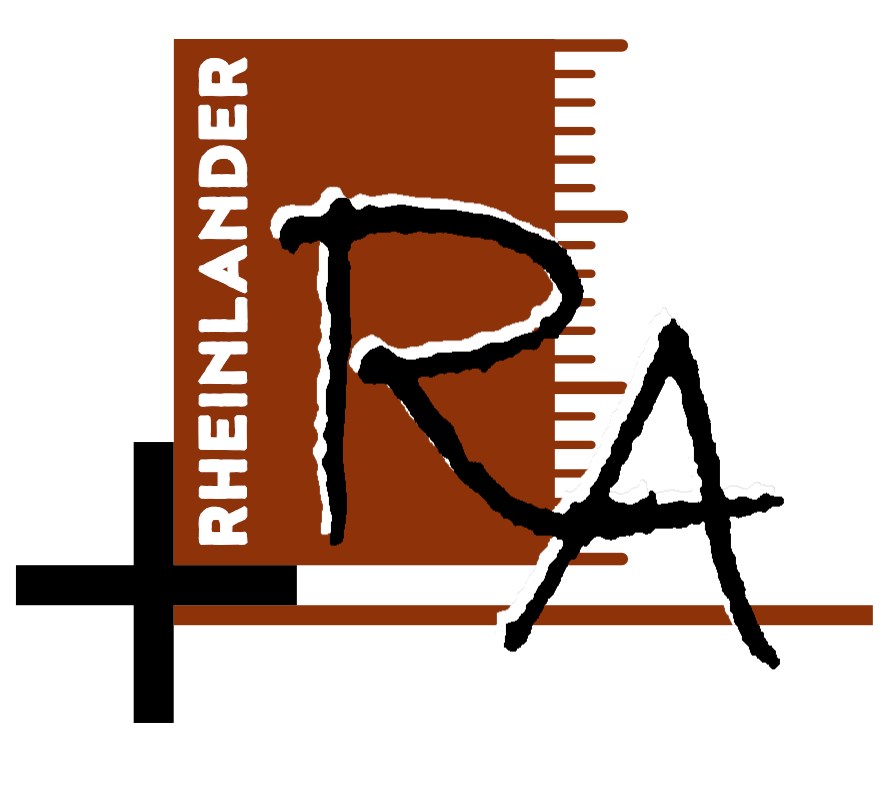Balancing Cost and Quality in Senior Living Design: Making Every Dollar Count
Architectural design in the senior living industry comes with a unique set of challenges. As costs rise and expectations evolve, senior living providers are under pressure to deliver environments that are both high-quality and financially responsible.
At Rheinlander Architects, we understand the reality: budgets are tight; but cutting corners isn’t the answer.
With smart planning, intentional design, and the right partnership, it’s entirely possible to manage cost without sacrificing the integrity, comfort, or long-term success of your senior housing investment.
Whether it’s a new assisted living development or a renovation of an existing facility, the goal is the same: build something meaningful without overspending.
At Rheinlander, our approach is grounded in long-term thinking, team collaboration, and smart design strategies. With the right guidance, senior living providers can create cost-conscious communities that never compromise on quality of life, dignity, or durability.
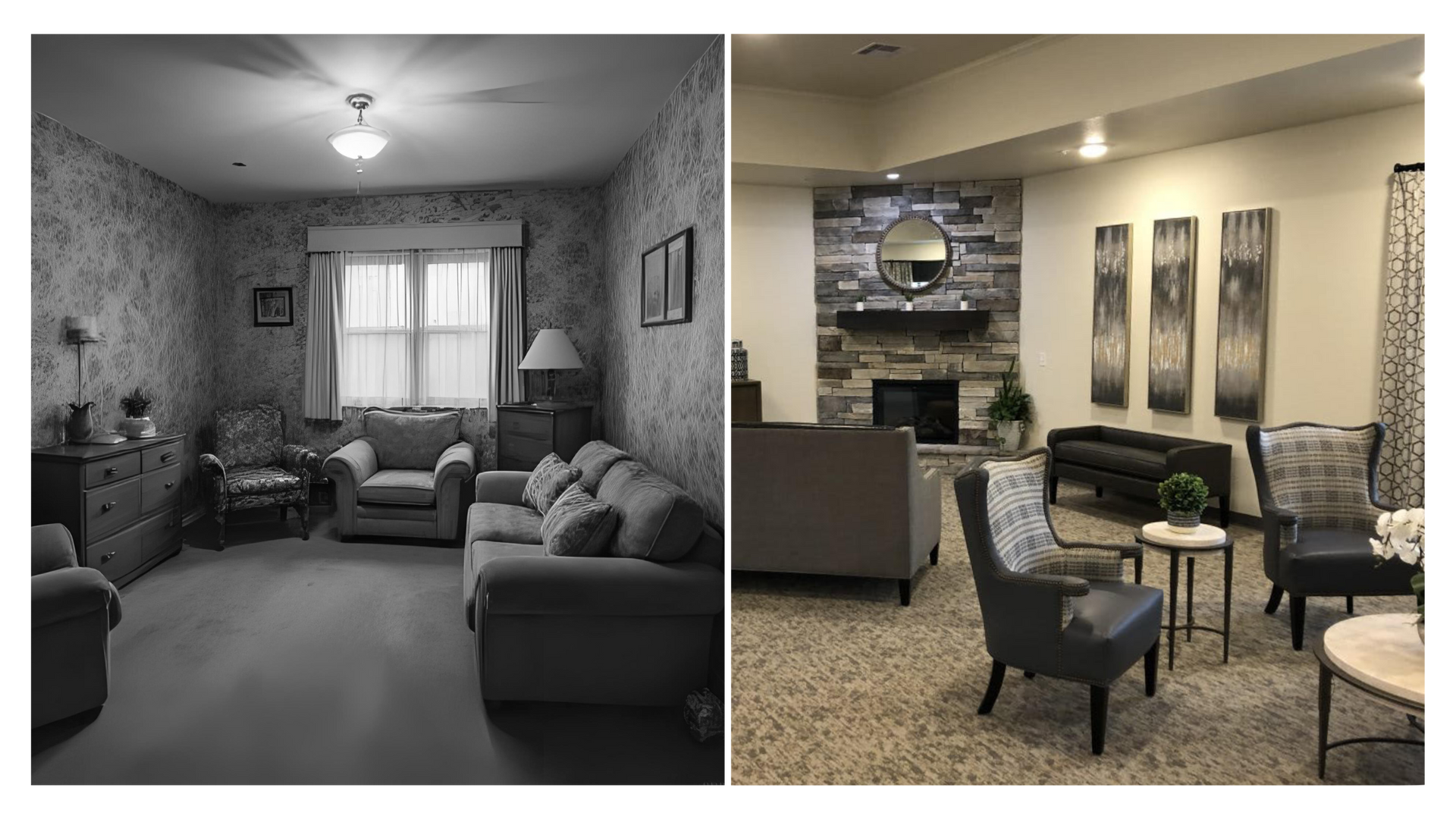
Common Misconceptions About Cost and Quality
In the world of senior living design, it's not uncommon for developers and operators to feel pressure to cut costs early in the process.
But while budget discipline is essential, not all savings are created equal. In fact, some of the most common cost-cutting strategies can ultimately lead to greater expenses, operational inefficiencies, and diminished quality of life for residents and staff alike.
Let’s take a closer look at a few persistent misconceptions and why they deserve a second thought.
Misconception 1: Lower Upfront Costs = Long-Term Savings
It’s easy to assume that choosing the lowest-cost materials or finishes is a good way to control spending. But in senior living communities, where flooring, furniture, and fixtures are exposed to high levels of use, cheap materials can quickly become liabilities.
They may wear out, fade, or break far sooner than anticipated, leading to more frequent replacements, higher maintenance costs, and an environment that feels “tired” before its time.
Beyond the dollars and cents, this impacts how residents feel in the space.
When finishes deteriorate quickly, the environment suffers and with it, the perception of care and quality.
Misconception 2: Reducing Architect Involvement Saves Money
Another frequent misstep is cutting back on professional design oversight once construction begins. While this might seem like a way to streamline costs, it often creates more problems than it solves.
When architects aren’t consistently involved during the construction phase, design intent can be lost. Small but critical changes in the field may go unreviewed, systems may not be installed as specified, and opportunities to optimize layouts or resolve site issues are often missed.
Worse still, lack of oversight can result in costly change orders, schedule delays, and even code compliance challenges that affect occupancy timelines.
Misconception 3: Cutting Corners Won’t Affect Reputation
Every decision, materials, systems, oversight, impacts not only your operating budget, but also your brand.
Senior living residents and their families are attuned to their surroundings. They notice when things feel neglected, when finishes are dated or damaged, or when comfort is compromised. Staff, too, are affected by environments that make their work harder or less efficient.
Over time, these seemingly minor issues can influence occupancy, increase staff turnover, and make it harder to position your community as a competitive choice.
The Takeaway: Strategic Investment Prevents Bigger Problems
Sometimes, spending just a little more upfront on materials, systems, or architectural involvement can prevent major headaches down the road.
It’s not about overbuilding or overspending. It’s about understanding which decisions will protect your investment, support staff workflows, and enhance the daily experience of your residents.
And this is exactly where strategic design choices come in. In the next section, we’ll look at the specific areas where intentional investments make the biggest impact on comfort, durability, and operational success.
Budget concerns are valid, but so is understanding what your investment truly covers. For a clear breakdown of development costs and what to expect, check out our article:
How Much It Costs to Develop a Senior Care Living Project.
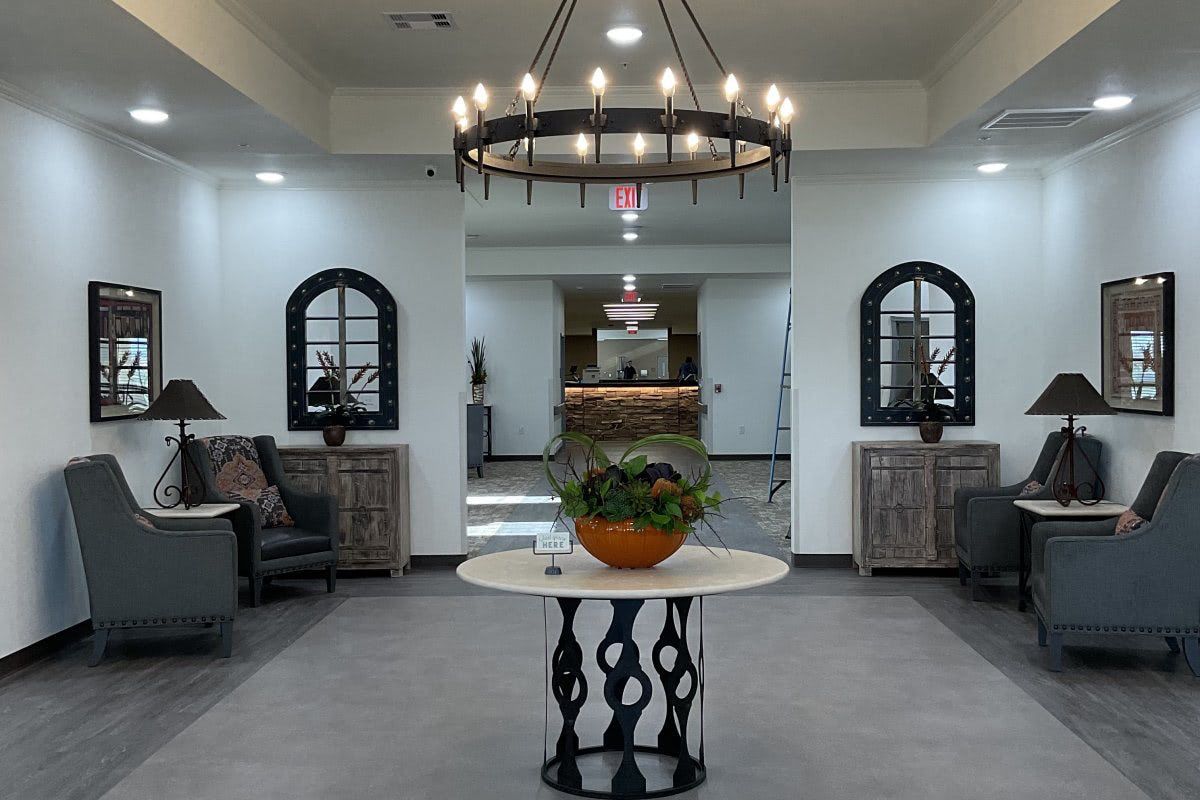
4 Strategic Choices That Make the Biggest Impact on Senior Living Projects
This is where design moves from concept to practical value.
In senior living communities, where resident comfort, staff workflow, and operational efficiency are deeply interconnected, the right design decisions can do more than just save money; they can transform daily experience and long-term performance.
Some of the smartest investments we help clients make are in areas that quietly carry the most weight.
They’re not always flashy, but they directly influence a community’s ability to deliver consistent, high-quality care.
1. Flooring
Flooring is one of the most used—and abused—elements in any senior living facility. Whether it’s wheeled walkers, rolling carts, or constant foot traffic, surfaces are under pressure every day.
That’s why the choice of LVT (luxury vinyl tile) matters. We guide clients through the pros and cons of glue-down, loose lay, and moisture-tight options.
Often, a well-chosen mid-range product outperforms both the cheapest and most expensive options by offering a balanced blend of durability, cleanability, and comfort underfoot.
2. Carpet
In amenity spaces like lounges, activity rooms, or dining areas, carpet plays a different role. Here, comfort, acoustics, and aesthetics are critical; but so is maintenance.
Choosing a carpet with odor-resistant backing and moisture-proof features can dramatically improve longevity while creating a more welcoming atmosphere for residents and guests.
For staff, it reduces the frequency and intensity of cleaning demands, improving efficiency without sacrificing warmth or quality of life.
3. Mechanical Systems
Mechanical systems often get less attention in early planning, but they can make or break both the budget and the resident experience.
In one recent project, the proposed HVAC system exceeded the financial limits of the client. The contractor’s lower-cost alternative, while appealing, didn’t meet the performance needs for air circulation and odor control.
Through open collaboration with the project team and our MEP partners, we found a solution that maintained proper ventilation, preserved indoor air quality, and respected the budget.
4. Integrated Innovations
Many of today’s most impactful solutions are also surprisingly affordable when incorporated early in the design process:
- AI-assisted monitoring and fall detection technologies enhance resident safety and reduce strain on staff.
- Sustainable upgrades like high-efficiency HVAC systems, LED lighting, and superior insulation help reduce utility expenses and support eco-conscious operations.
- Strategic renovations, such as reconfiguring layouts to improve mobility or streamline care workflows, can dramatically increase functionality without requiring a full-scale rebuild.
Whether it’s mechanical systems, technology upgrades, or layout improvements, these decisions reinforce a powerful truth: performance and affordability don’t have to be at odds.
These kinds of decisions—where to spend, where to save, and how to integrate practical systems with long-term outcomes—are what set a strong senior housing design apart.
When approached thoughtfully, they help senior living providers get the most out of every dollar while creating spaces that truly serve residents and staff alike.
Sustainable upgrades like high-efficiency HVAC systems, LED lighting, and superior insulation help reduce utility expenses and support eco-conscious operations.
Even small steps toward sustainability can have a big impact. Explore our insights in Practical Green Senior Living Design: Small Steps, Big Impact.
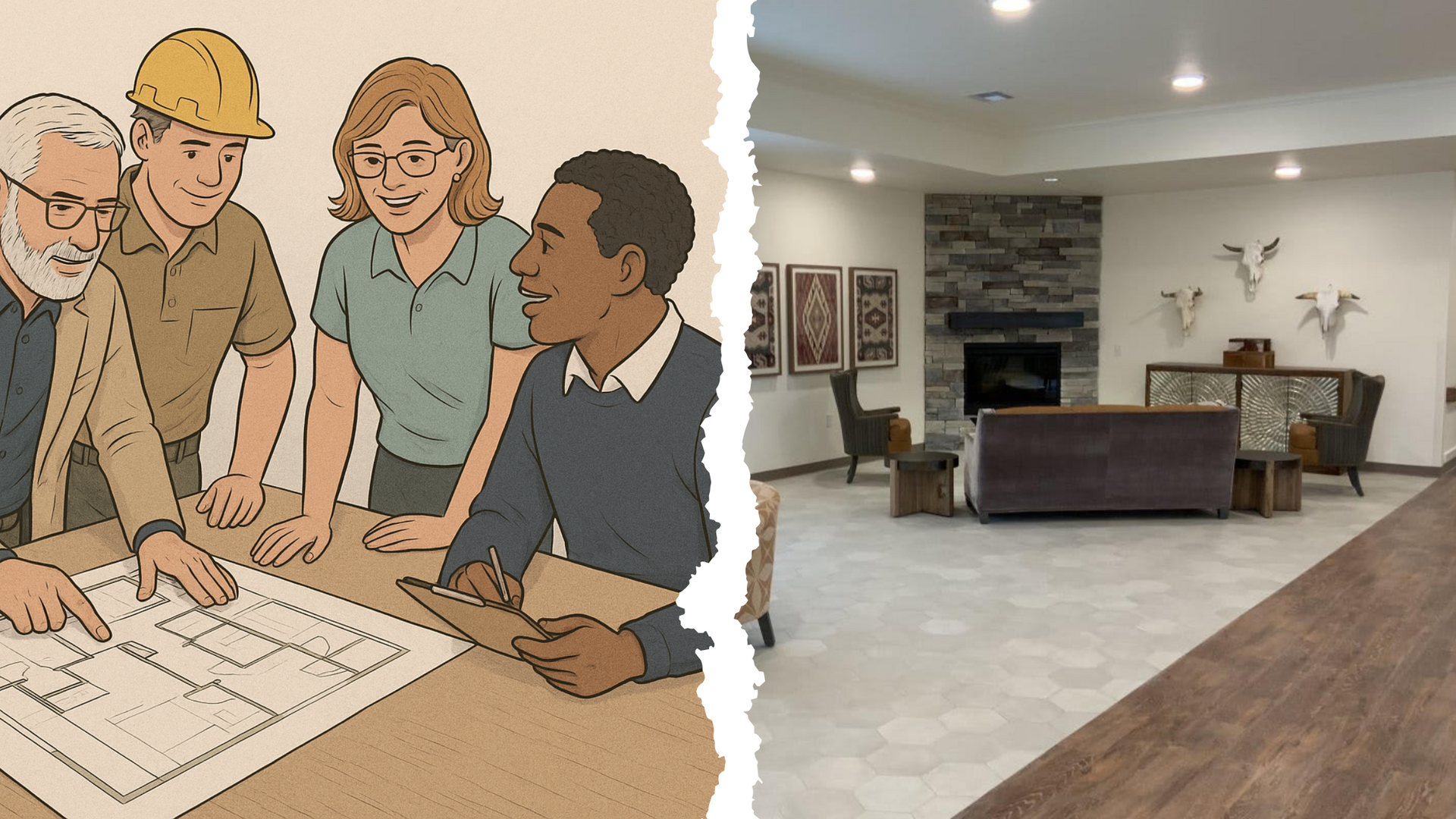
How Rheinlander Helps Clients Make Smart Trade-Offs
Designing for cost and quality is about understanding trade-offs and making informed choices.
We work closely with every project team to evaluate materials, systems, and layouts, breaking down life-cycle costs and comparing options side by side.
Our goal is to help clients optimize every decision for long-term success.
This process is collaborative. Sometimes, clients bring forward valuable research or operational insights from the front lines. Together, we integrate that knowledge into the design process, strengthening the final outcome.
And when a proposed cost-saving measure risks future performance or liability, we don’t stay silent. We document our guidance, outline potential impacts, and support clients in making confident, well-informed decisions.
What Rheinlander Won’t Compromise On
There are some parts of a building you just can’t afford to shortchange, no matter the budget.
- Quality craftsmanship equals longevity. When buildings are well-built from the start, they stand up to daily wear, reducing future repair needs and supporting a higher standard of resident care.
- The foundation and structure affect every part of the building. These components support the long-term health of your community and the safety of its residents.
- Envelope and HVAC systems are essential to maintaining air quality, thermal comfort, and energy efficiency. When these systems are optimized, they reduce turnover-related stress on staff and help position your community as a top-tier choice in the marketplace.
At Rheinlander, our guiding principle is simple: Certain elements are too vital to compromise. We protect your investment by getting the fundamentals right.
Thoughtful Senior Housing Design is Always Worth It
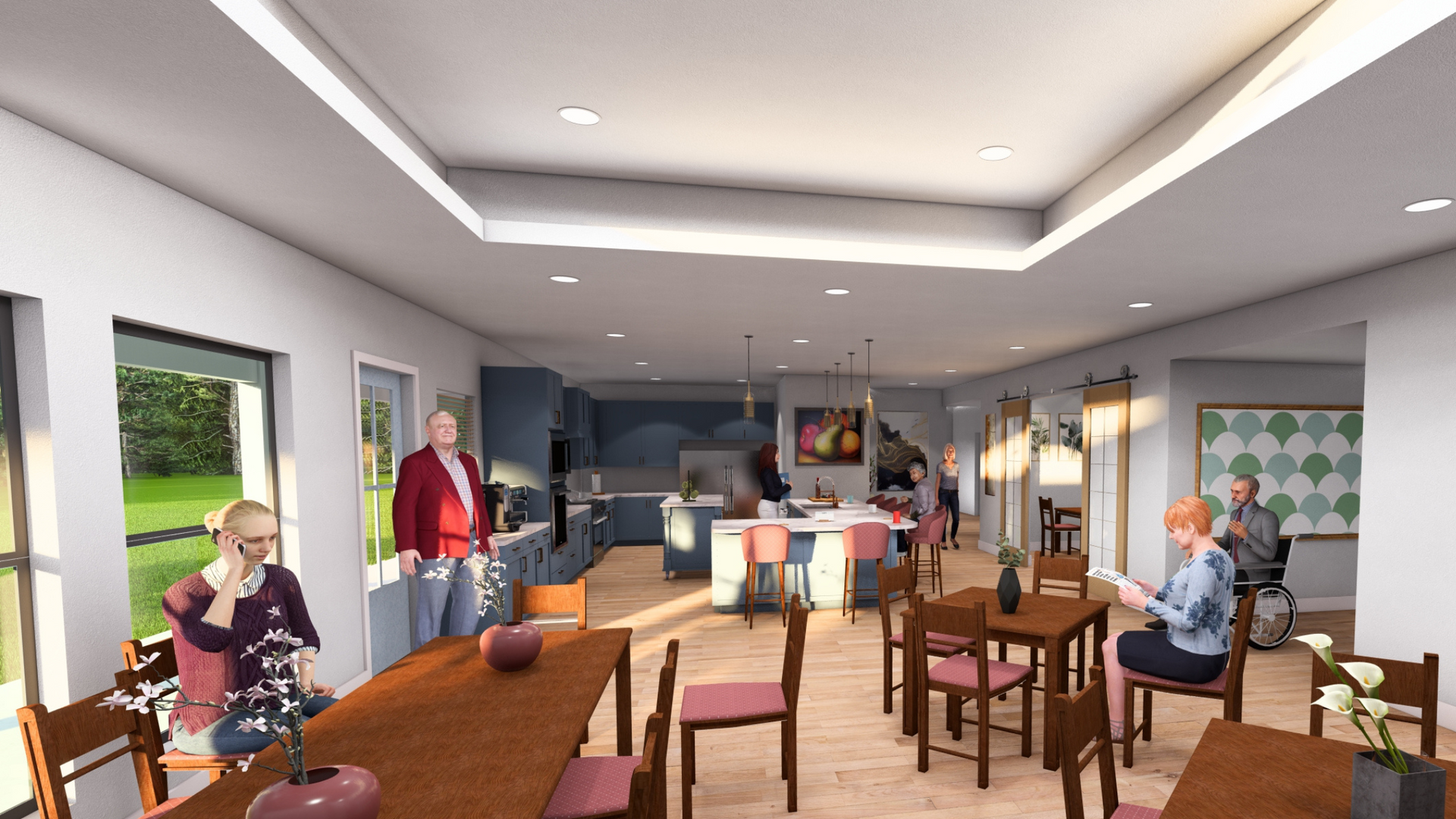
At Rheinlander Architects, we don’t see budget and quality as opposing forces—they’re two sides of the same strategy. With thoughtful design and a trusted partnership, your senior living community can reflect both your financial goals and your mission to serve older adults with dignity.
Every project is an opportunity to build something lasting. Something that supports your staff, enhances the lives of your residents, and positions your community for the future.
Let’s make every dollar, and every decision, count.
Ready to explore how smart design can elevate your next senior living project? Schedule a consultation with our team today.
Looking for a deeper dive into what makes a senior care project truly successful?
Download our free guide:
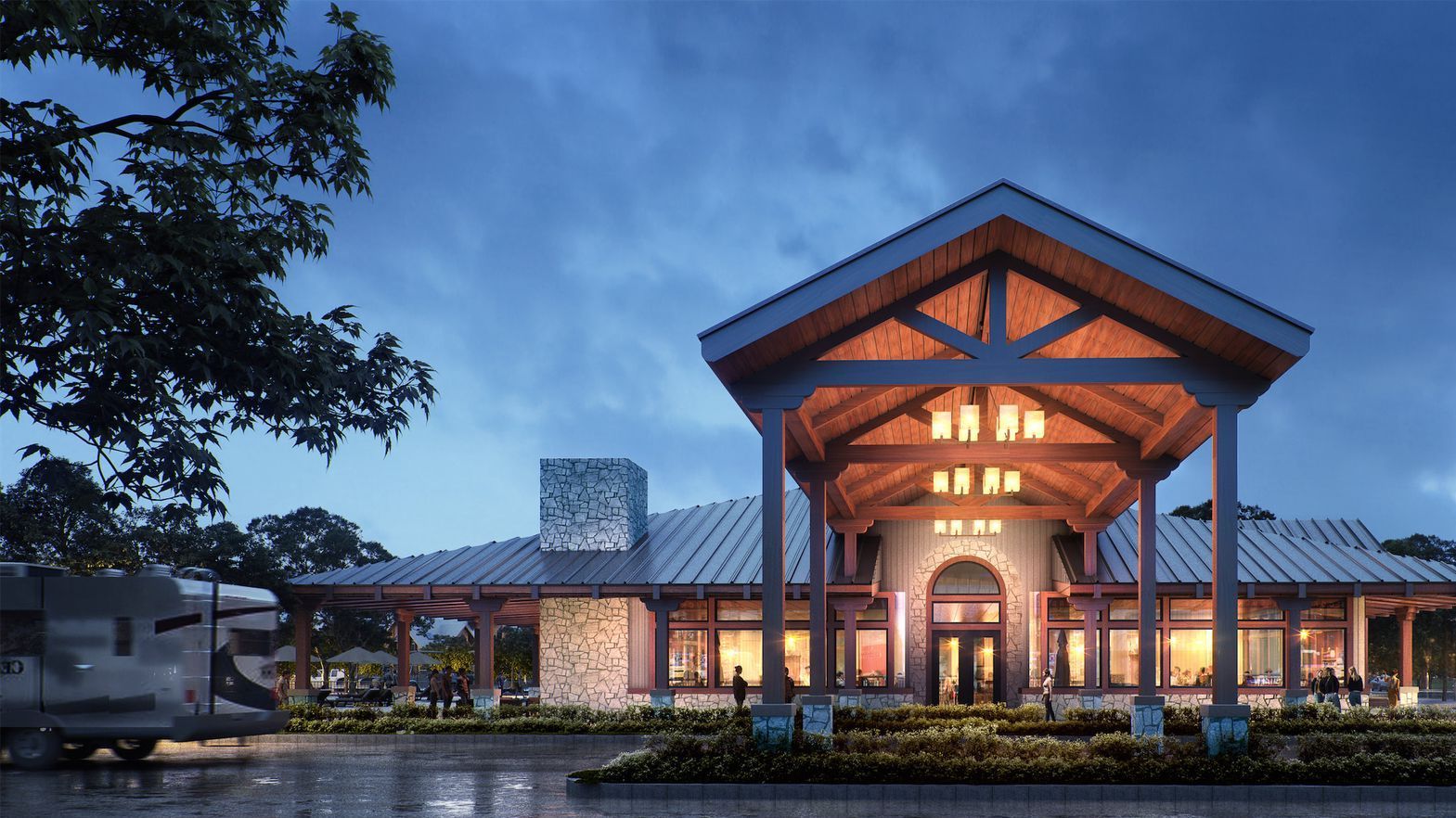
How to Design and Build a Successful Senior Care Residence
This practical resource walks you through key considerations, from early planning to final construction—perfect for developers ready to build with confidence.
